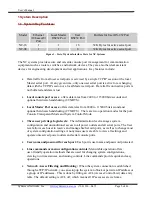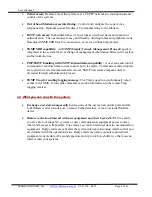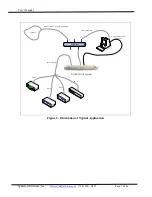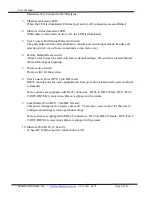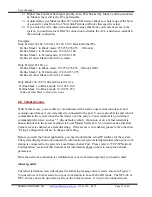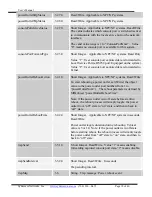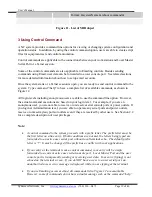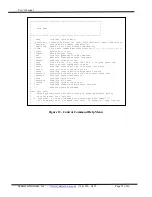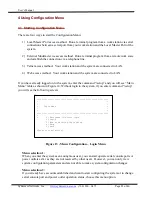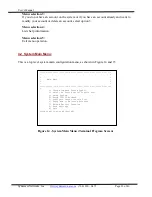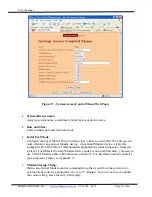
User’s Manual
Synaccess Networks, Inc.
www.synaccess-net.com
(760) 930 – 0473 Page 12 of 46
1)
Connect the system’s Local Master Port (DCE) with a straight DB-9 type cable, if your
work station is equipped with a DTE part.
2)
Connect the system’s Ethernet port to your LAN, if you intend to use the network port.
3)
Turn the system power on.
4)
At the terminal emulation program, type the “/setup” command to start the system setup
process. Type “/help” for help information.
5)
The system has DHCP enabled, as a default setting. Network connectivity parameters are
displayed at the startup screen. If the system does not get a DHCP offer, the system falls
back to default static network settings. You can alter the default network settings to fit
your need.
6)
Use the command “/ping” to verify your connection. If a network connection is
established, you are able to use Telnet, Web Browsing, Emailing and SMNP.
2.4 External Modem Access:
With this access method, an RS232 port on an external Modem device is connected to the Local
Master Port. Typically, a Modem device is equipped with a DCE (Data Communication
Equipment) terminal connector. Since the system’s Local Master Port and Modem device ports
are not complementary (both are DCE ports); you need to use a NULL Modem cable with both
male connectors.
Figure 6 - External Modem Connection
2.5 Network Access Control List (ACL):
ACL feature is used for controlling client IP addresses to access the system. You can block or
permit an IP or a group of IP addresses by filling the ACL data entry table. The default setting for
ACL is off, which means all IP accesses are welcome.
The filtering scheme is as followings:
1)
A client IP is filtered through 6 masks: from 1 to 6.





